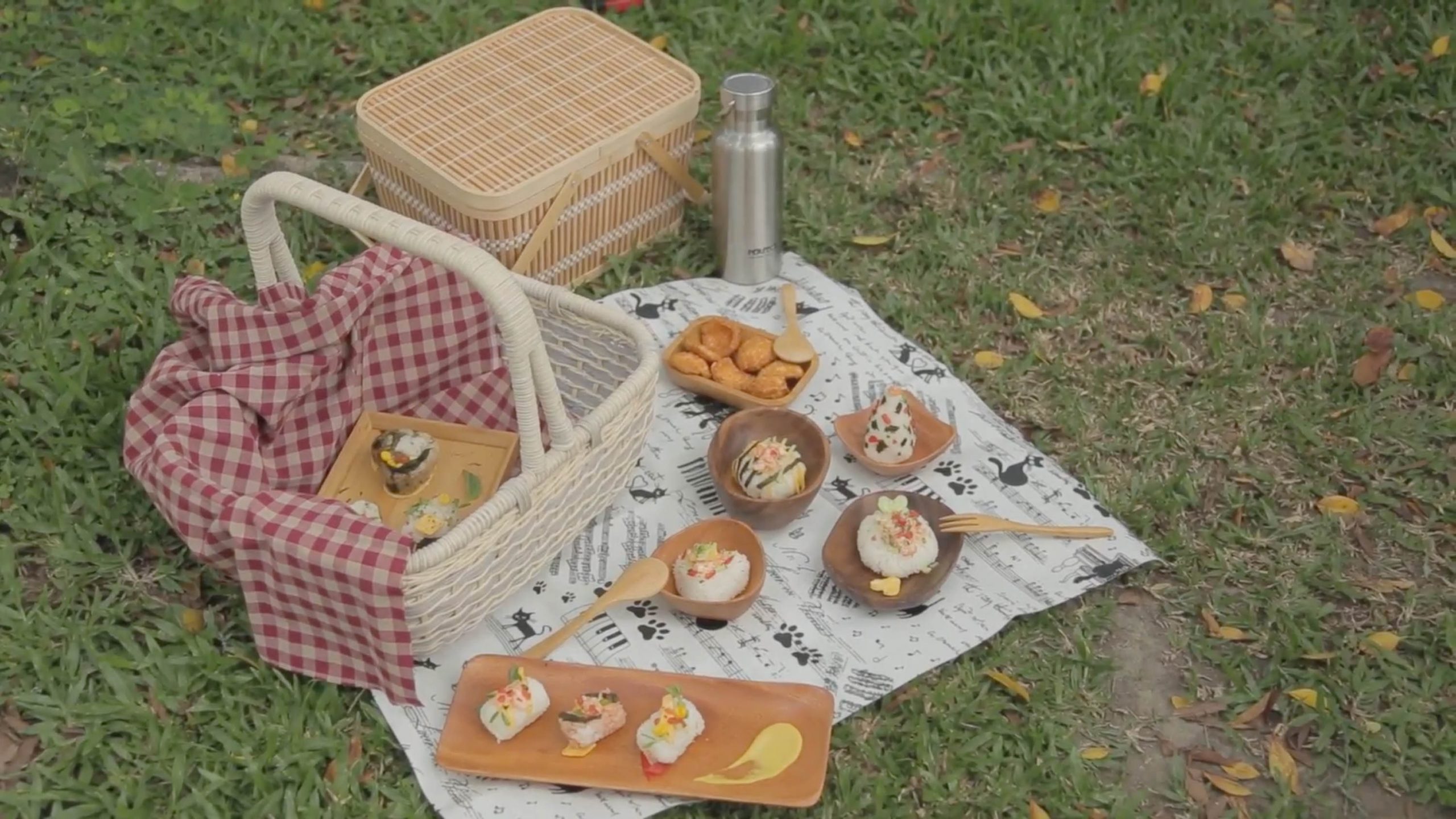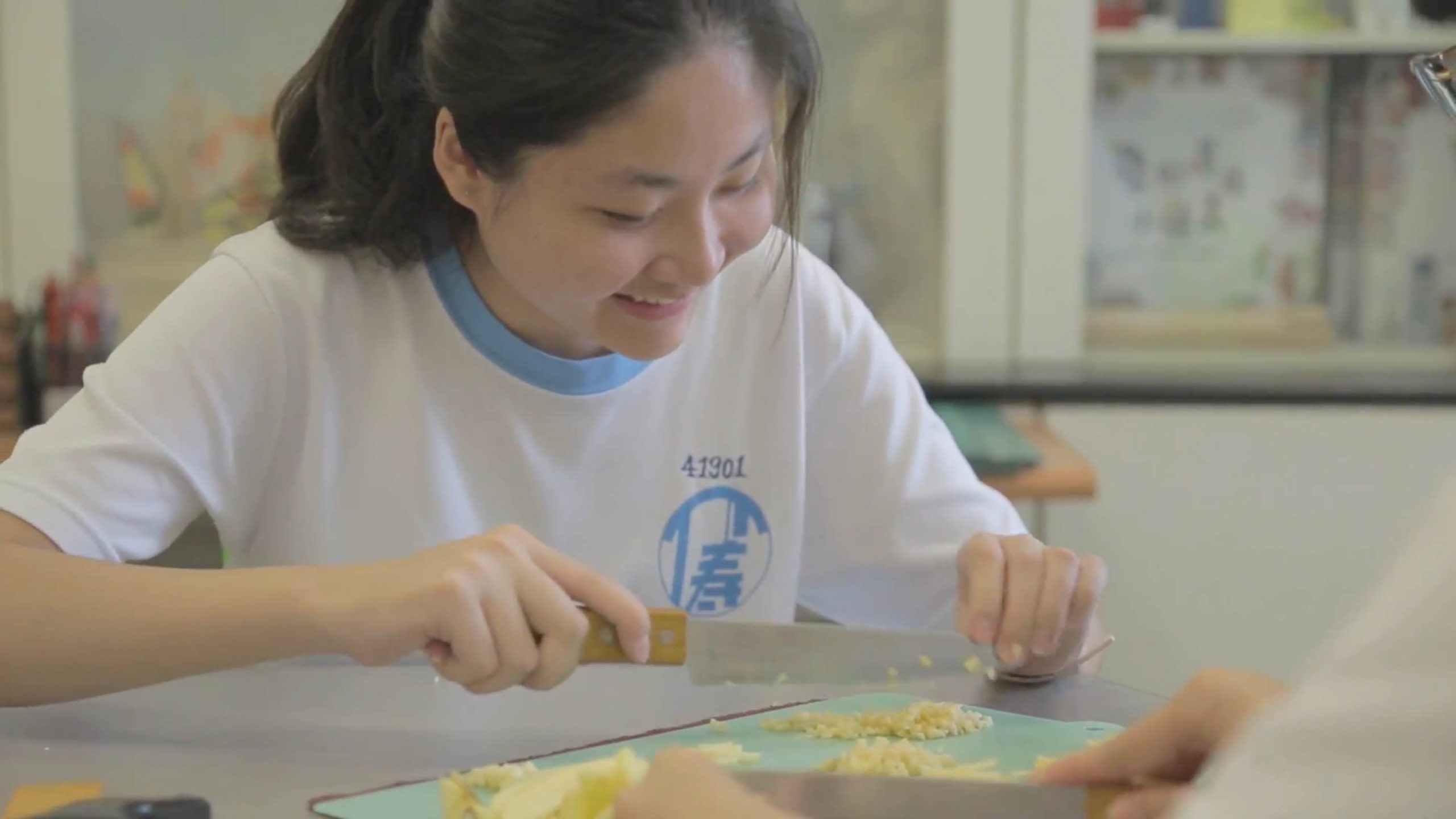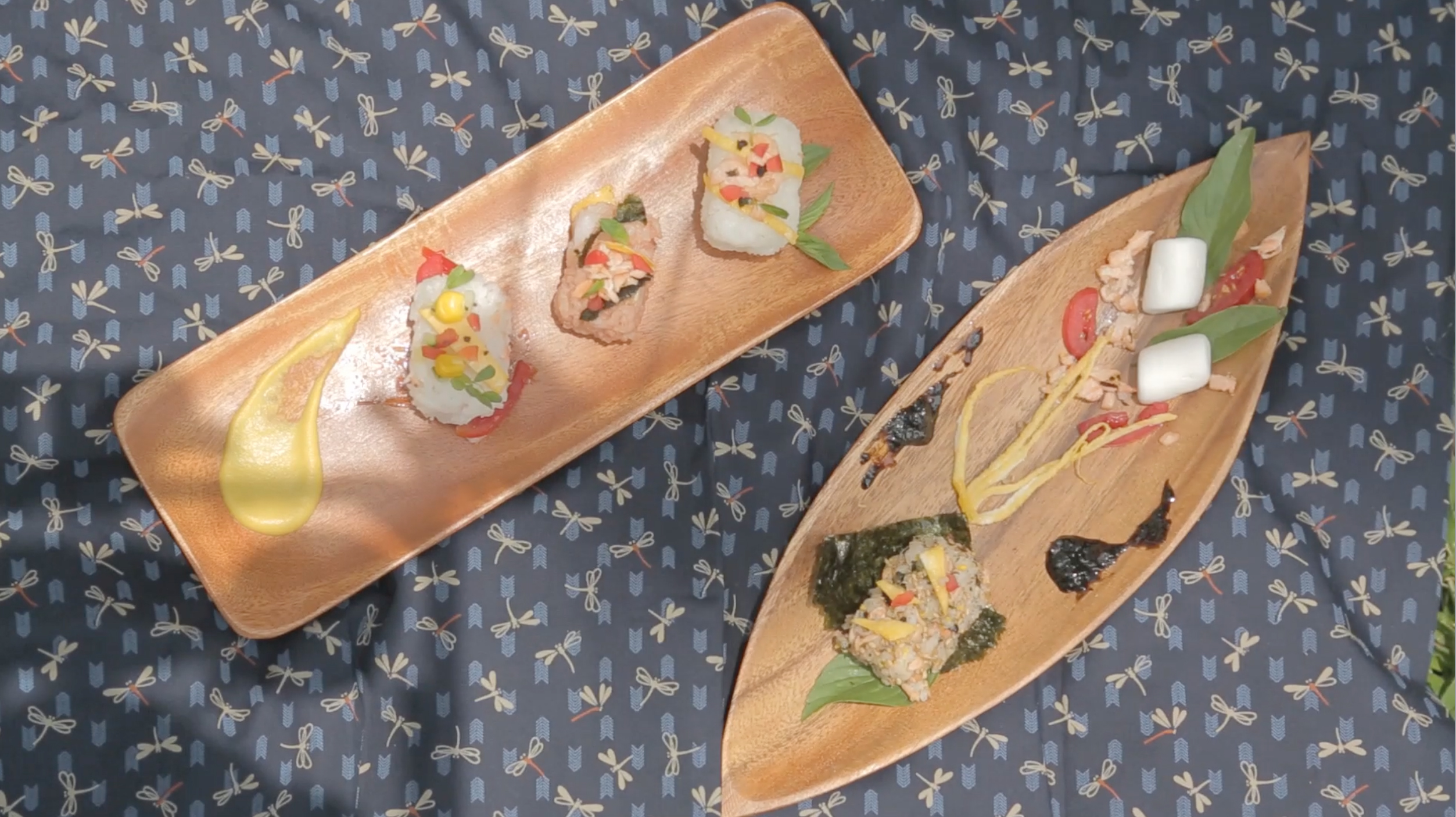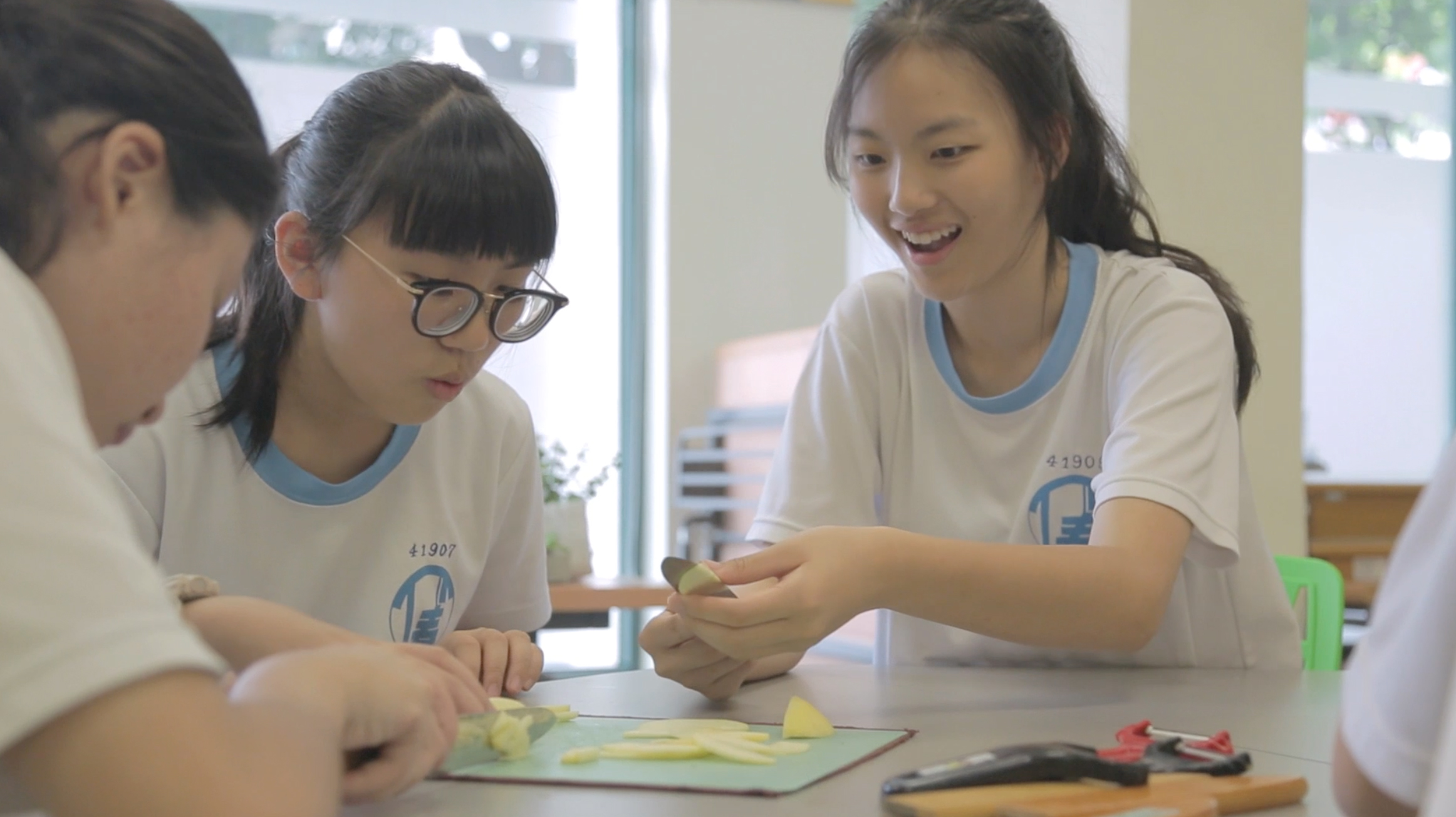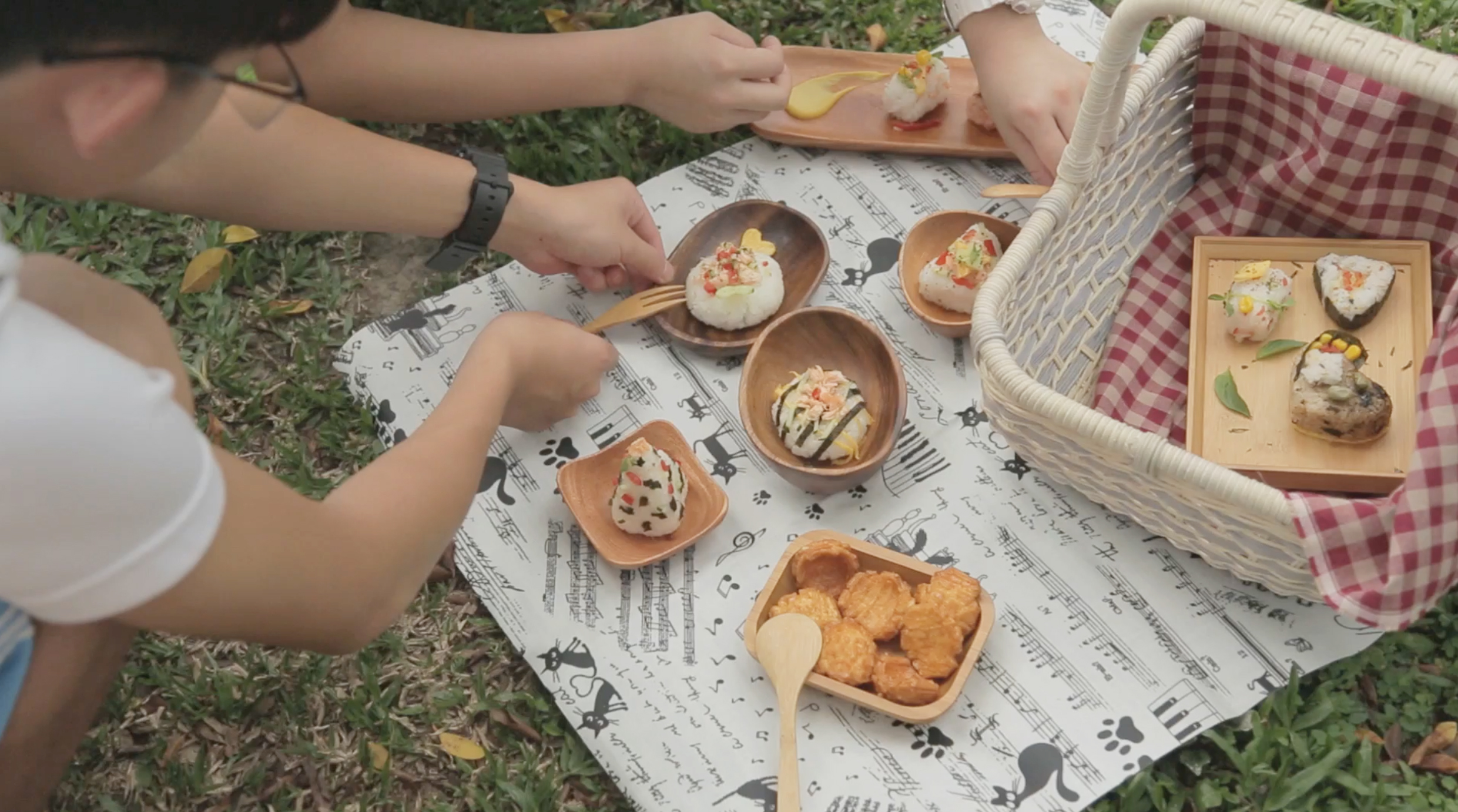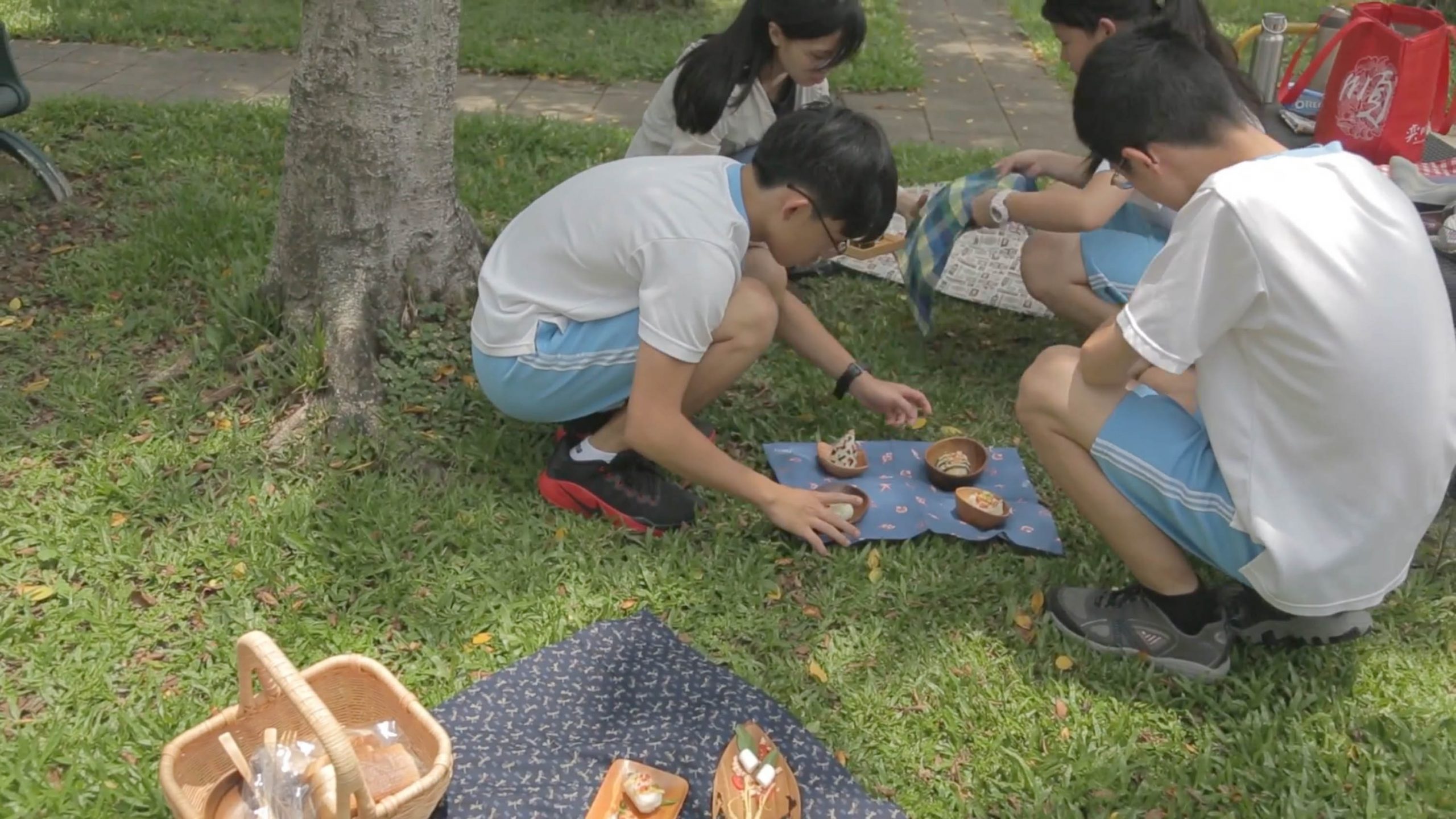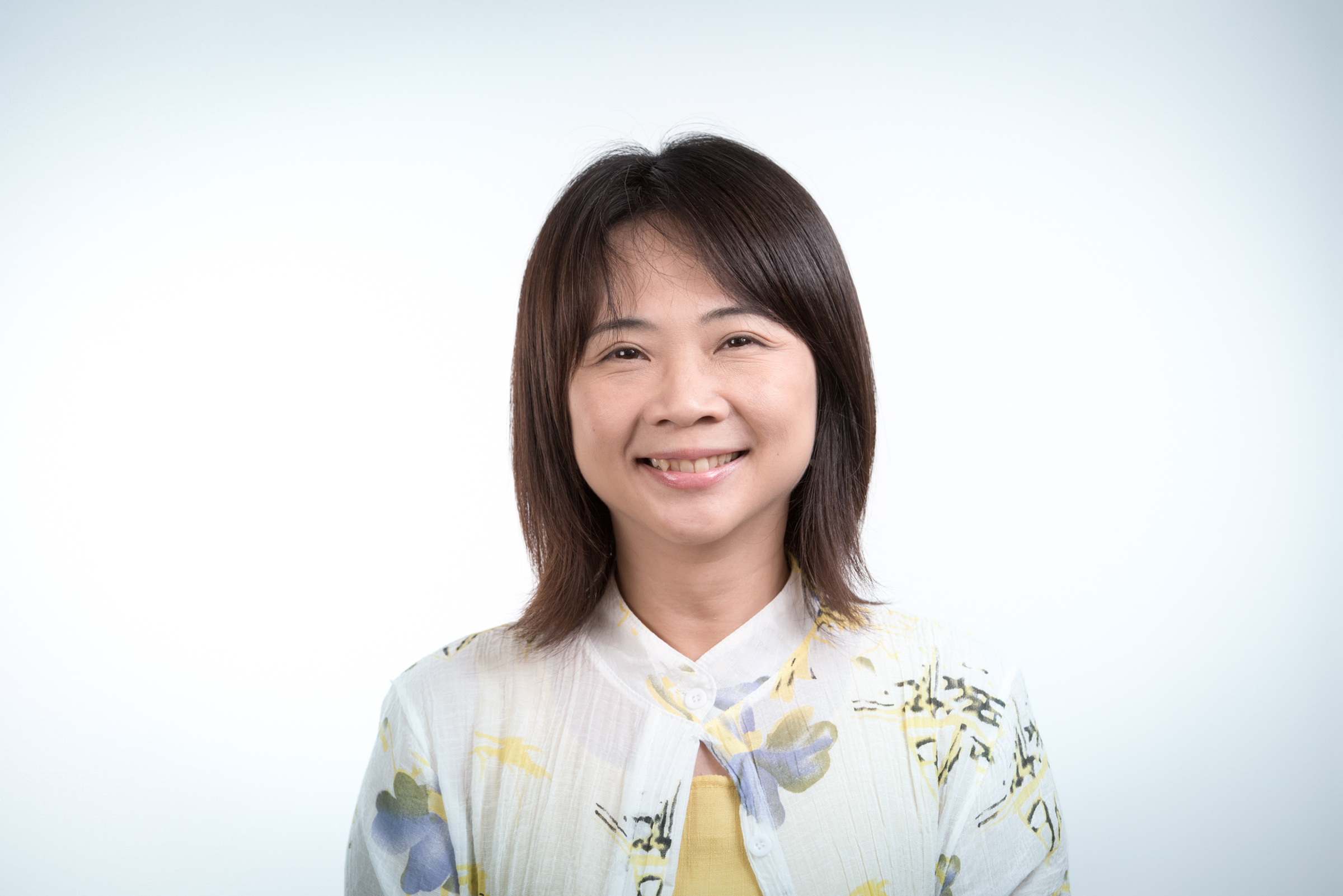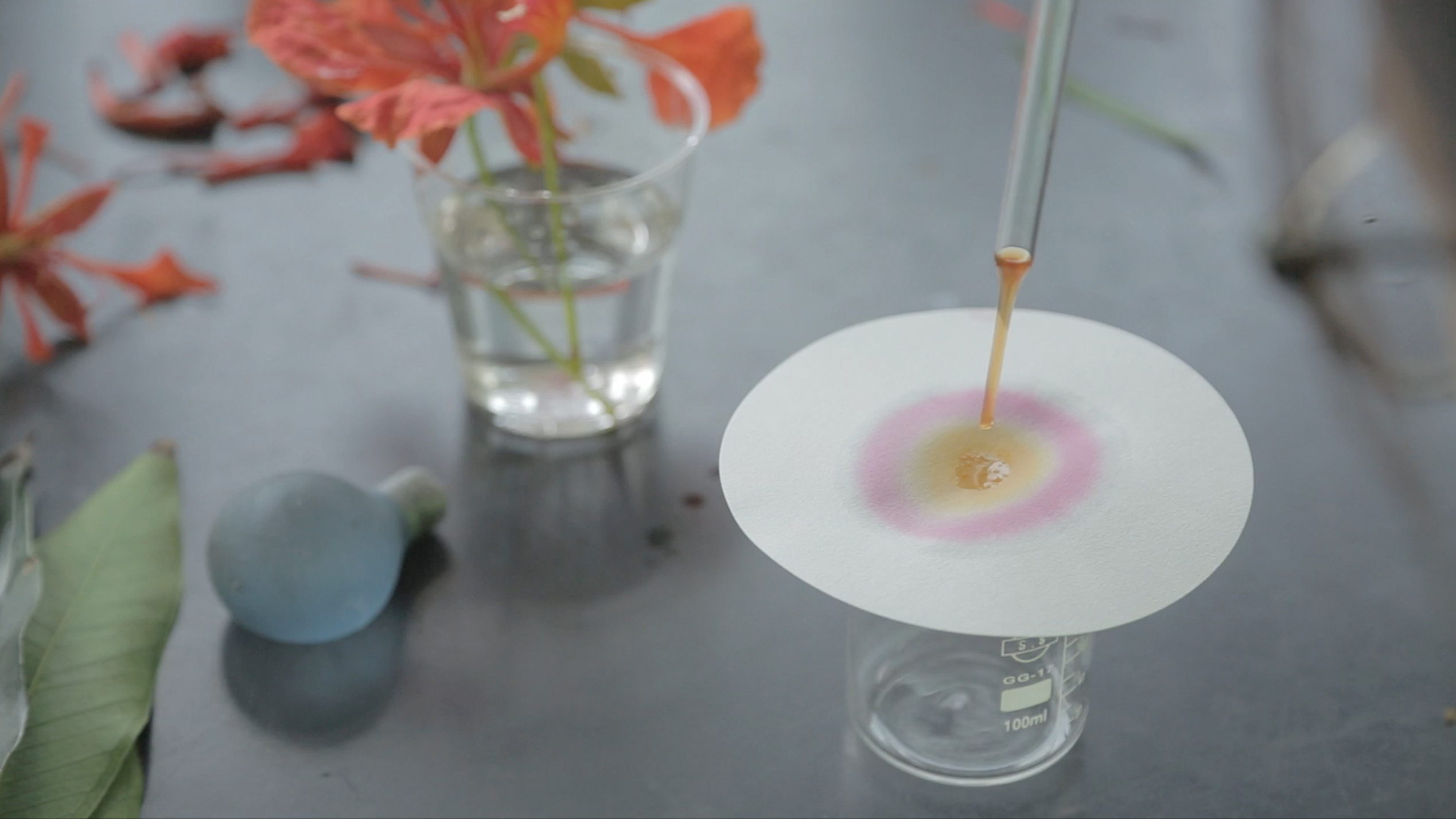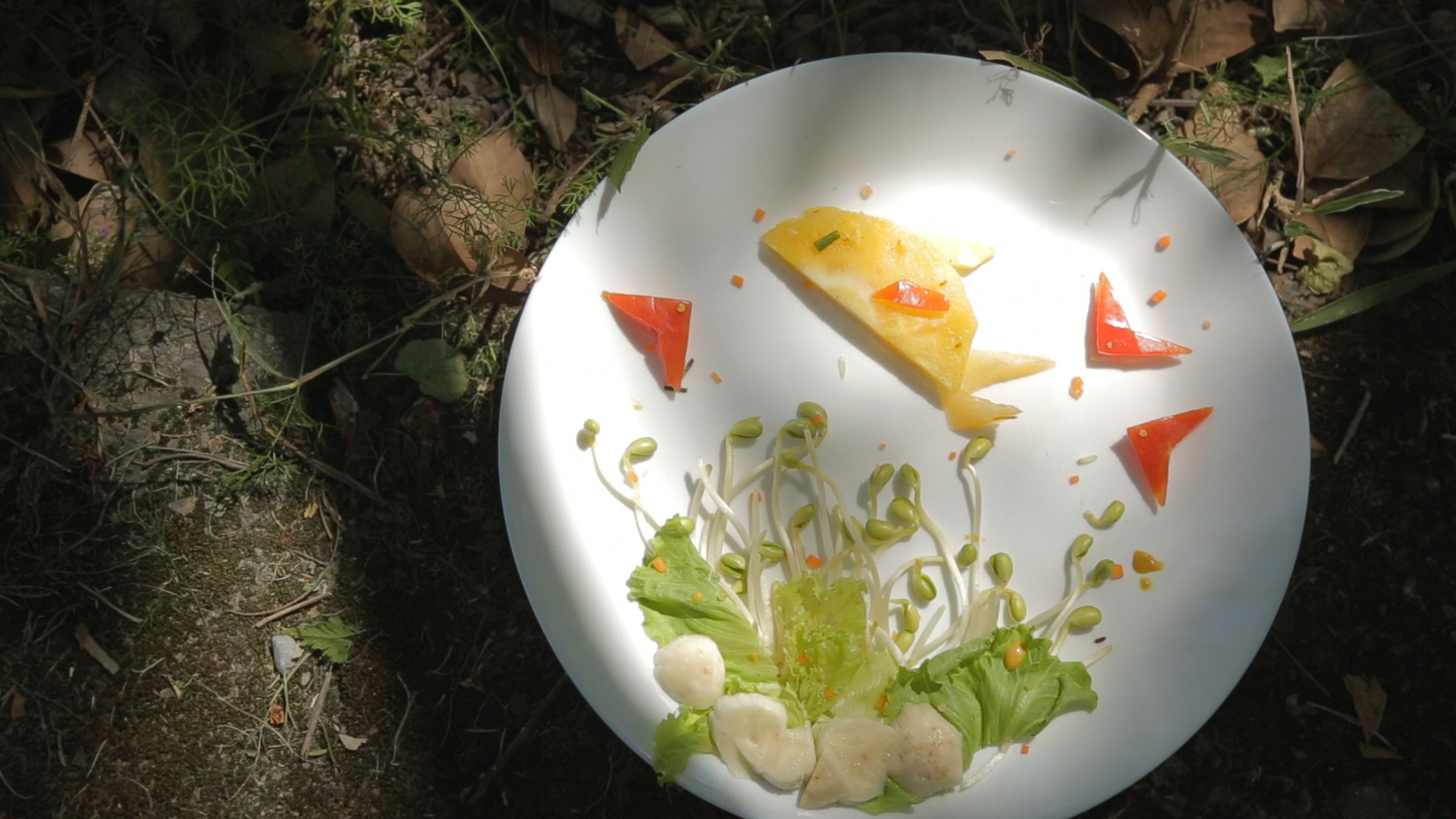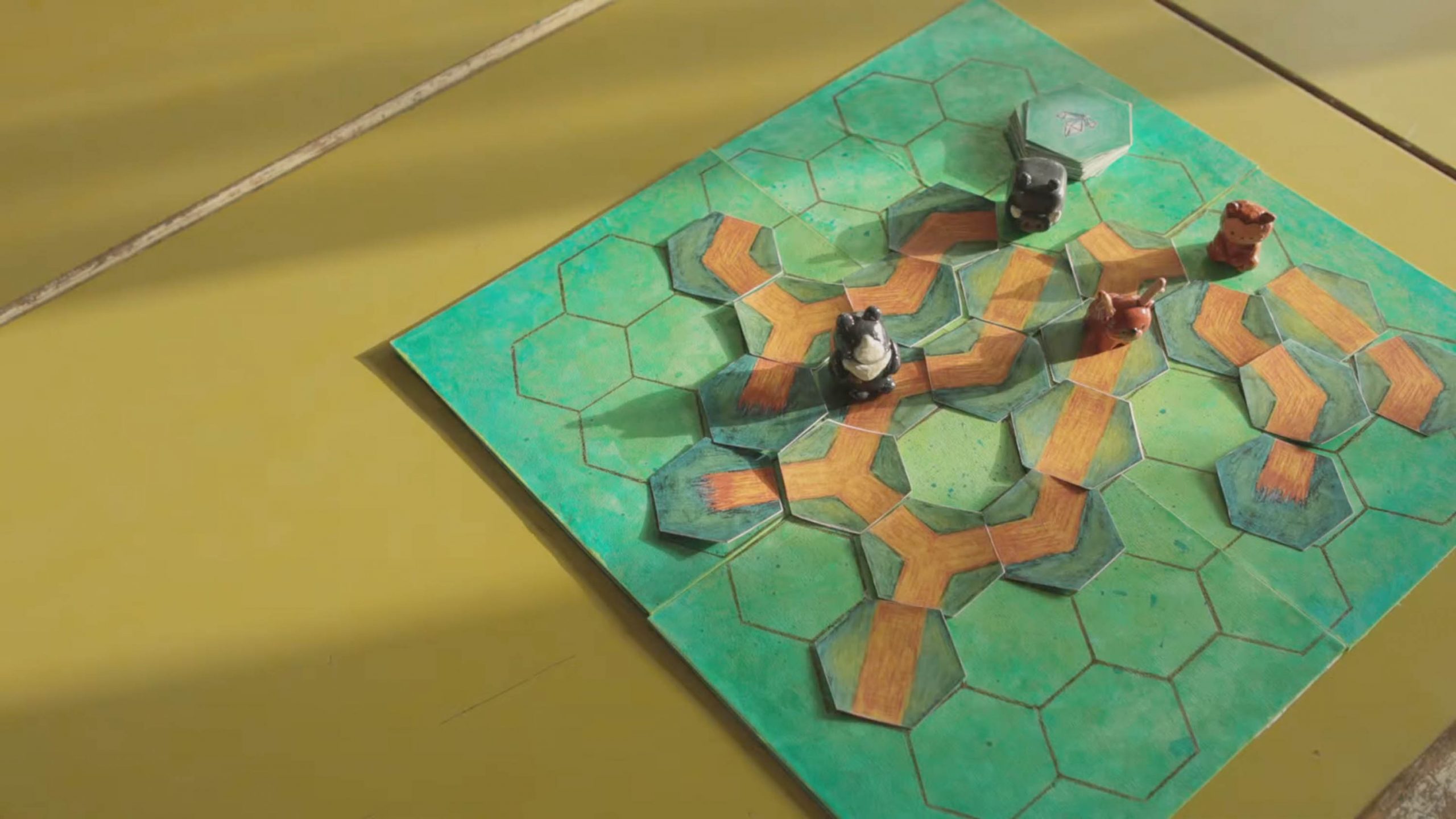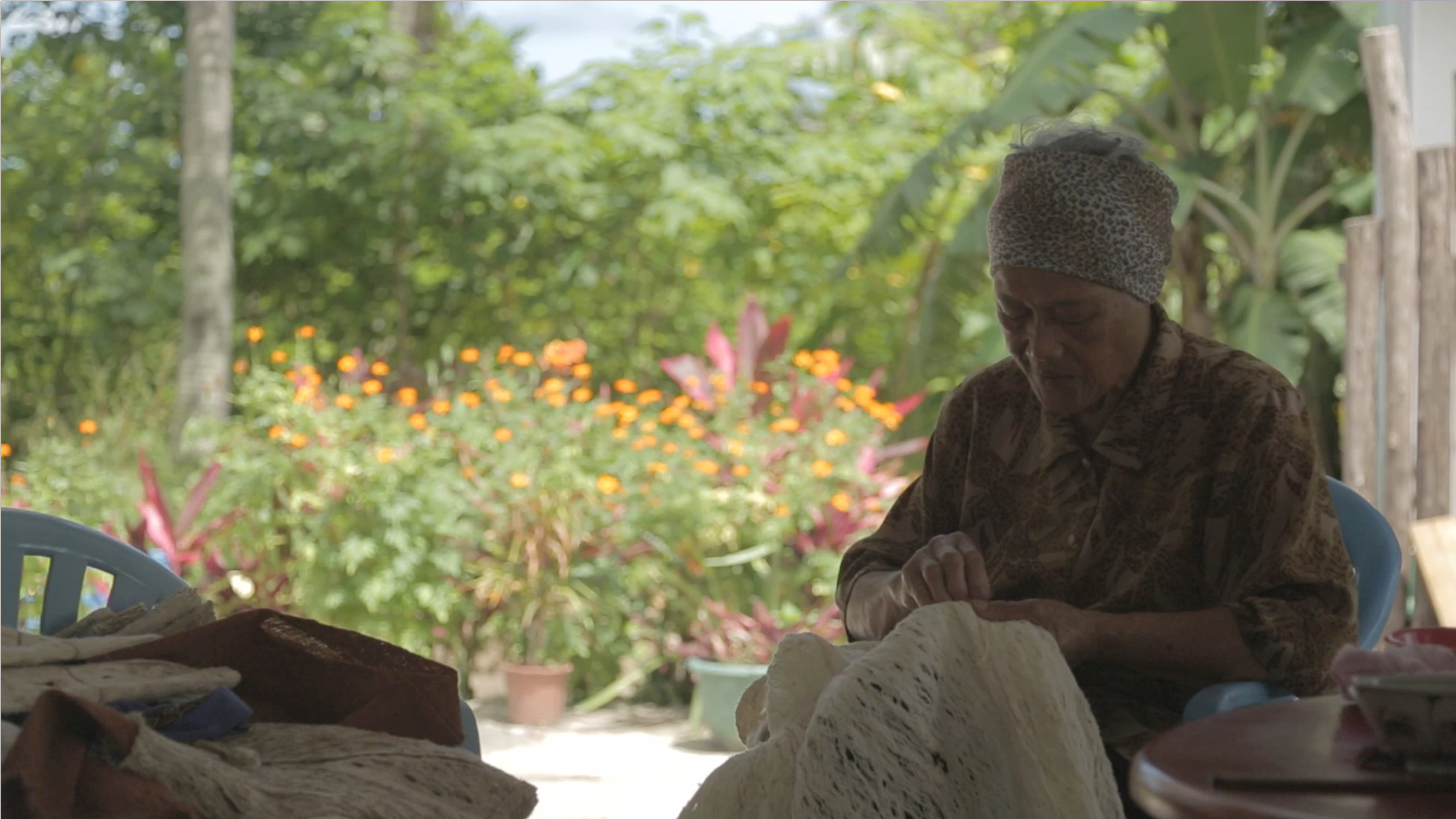The Picnic Lesson in Everyday Life
After the art and design course last semester, Mrs. Chen wanted to help her students appreciate more beauty in everyday life. She introduced a new lesson called “The Picnic Lesson in Everyday Life,” which brought food and life into the classroom. The students prepared food themselves, applying art and design concepts to their work. Mrs. Chen invited a Home Economics teacher for an interdisciplinary collaboration, where they translated compositional design rules—dots, lines, and planes—into knife skills: dicing, julienning, and slicing.
With this new approach to food preparation, the students created amazing dishes that even they couldn’t believe were made by their own hands. The most important part of the lesson was encouraging the students to step out of the classroom and physically experience life with all their senses.
